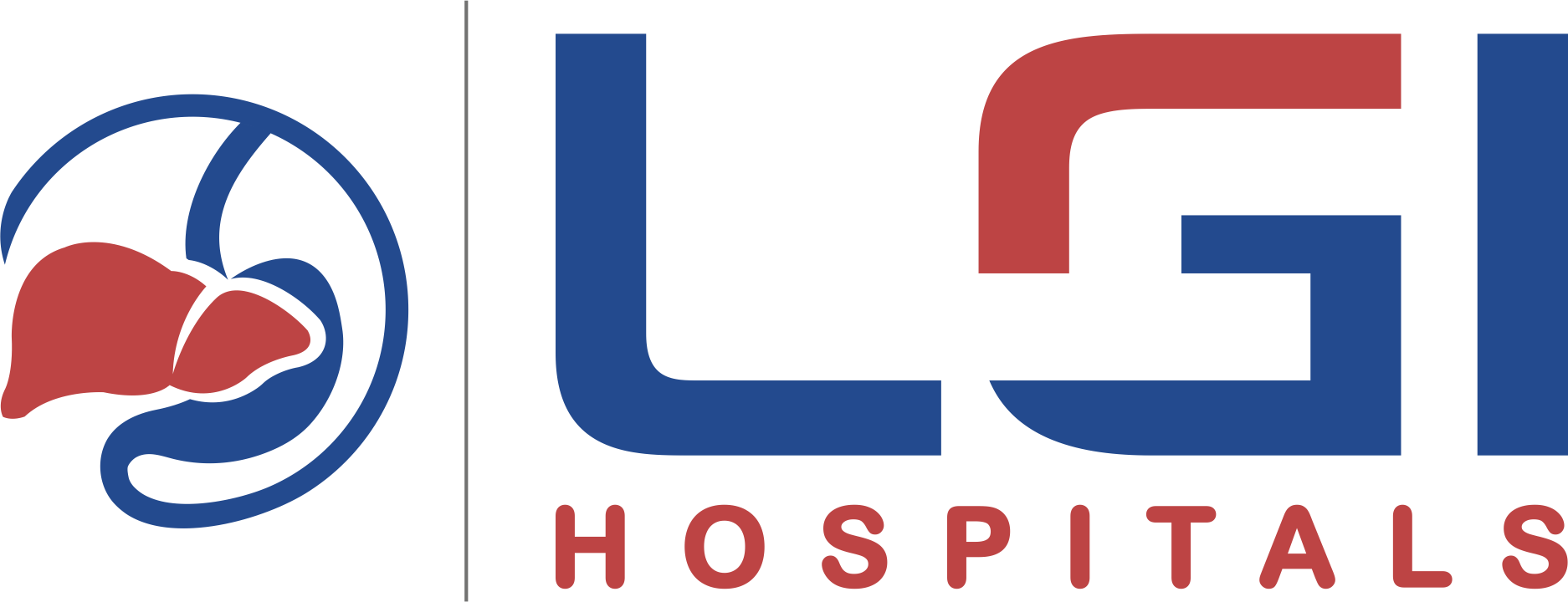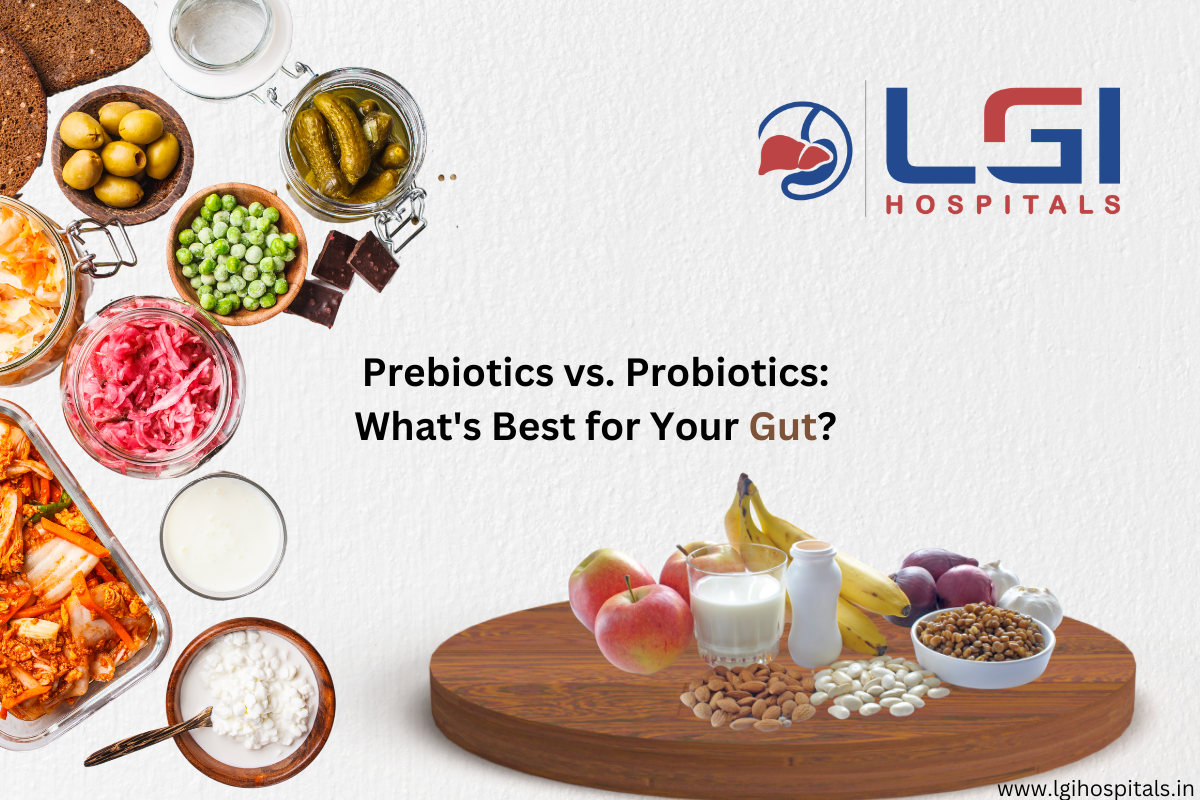Your gut health plays a crucial role in overall wellness, influencing everything from digestion to immunity. Among the most talked about terms in gut health are prebiotics vs probiotics. While they may sound similar, their functions differ significantly. In this blog, we’ll explore the difference between prebiotics and probiotics, their benefits, and how they work together to keep your gut healthy.
What Are Prebiotics?
Prebiotics are a type of dietary fiber that serves as food for the good bacteria in your gut. They help beneficial microorganisms grow, thrive, and perform essential functions such as digesting food and fighting off harmful bacteria.
Sources of Prebiotics:
Bananas (especially unripe ones)
Garlic
Onions
Asparagus
Whole grains like oats
Chicory root
Benefits of Prebiotics:
1. Promote the growth of good gut bacteria.
2. Enhance nutrient absorption, including calcium and magnesium.
3. Improve digestion by feeding healthy microbes.
4. Support immune function by maintaining a balanced gut microbiome.
What Are Probiotics?
Probiotics are live microorganisms (often called good bacteria”) that provide health benefits when consumed in adequate amounts. These bacteria directly populate your gut and help maintain a healthy balance of the gut microbiome.
Sources of Probiotics:
Yogurt with live cultures
Kimchi
Sauerkraut
Kefir
Miso
Pickles
Benefits of Probiotics:
1. Restore gut balance after antibiotic use.
2. Reduce symptoms of digestive issues like bloating and diarrhea.
3. Support a healthy immune system.
4. Improve skin health and reduce inflammation.
| Aspect | Prebiotics | Probiotics |
| Definition | Nondigestible fibers that feed gut bacteria | Live beneficial bacteria for the gut |
| Function | Promote the growth of existing good bacteria | Introduce new good bacteria to the gut |
| Sources | Found in fiberrich foods | Found in fermented foods and supplements |
| Survivability | Not affected by stomach acid | Can be killed by stomach acid or heat |
How Prebiotics and Probiotics Work Together
Think of prebiotics as fertilizer for your gut and probiotics as seeds. Prebiotics nourish and sustain the beneficial bacteria introduced by probiotics, helping them grow and thrive. Consuming both in your diet can create a synergistic effect, enhancing gut health. Check the role of probitoics in your daily life
Choosing between prebiotics and probiotics isn’t about picking one over the other they work best when consumed together. This combination is often referred to as synbiotics.
What’s Best for Your Gut?
Choosing between prebiotics and probiotics isn’t about picking one over the other—they work best when consumed together. This combination is often referred to as synbiotics.
For Optimal Gut Health:
1. Include prebiotic-rich foods like bananas, onions, and oats daily.
2. Add probiotic sources like yogurt or kimchi to your meals.
3. Consider supplements if your diet lacks diversity, but consult a healthcare professional first.
Both prebiotics and probiotics play essential roles in maintaining a healthy gut. While prebiotics feed the beneficial bacteria already in your gut, probiotics introduce new strains to boost gut diversity. Together, they form a powerhouse team for gut health, improving digestion, immunity, and overall well-being.
Start incorporating prebiotic and probiotic-rich foods into your diet today for a happier, healthier gut!
If you found this article helpful, share it with your friends and family. For more tips on gut health, keep following our blog!

